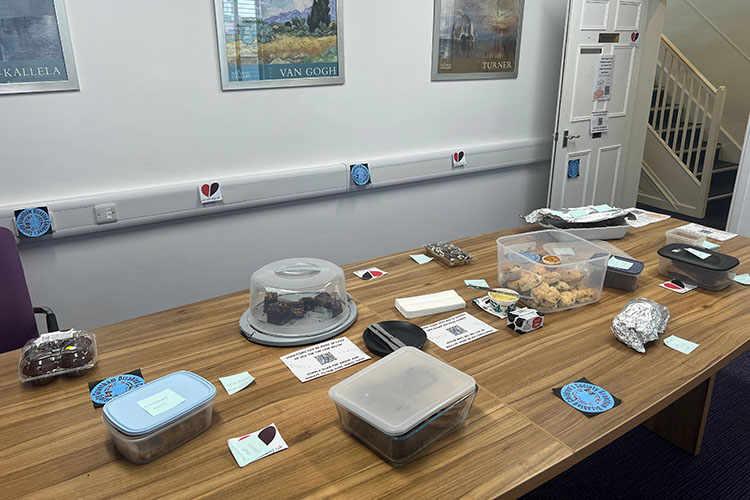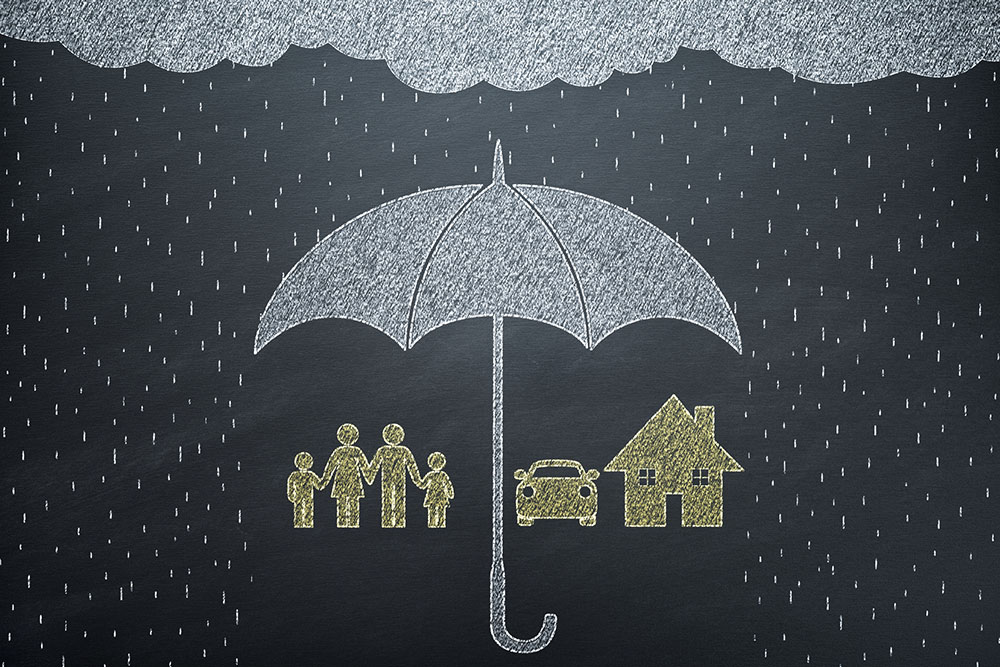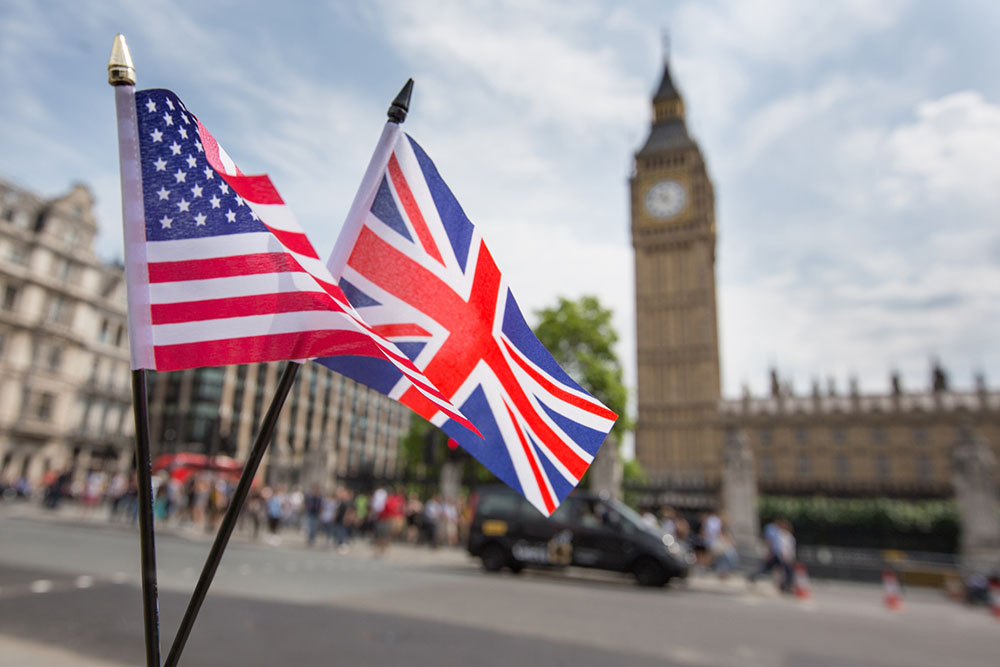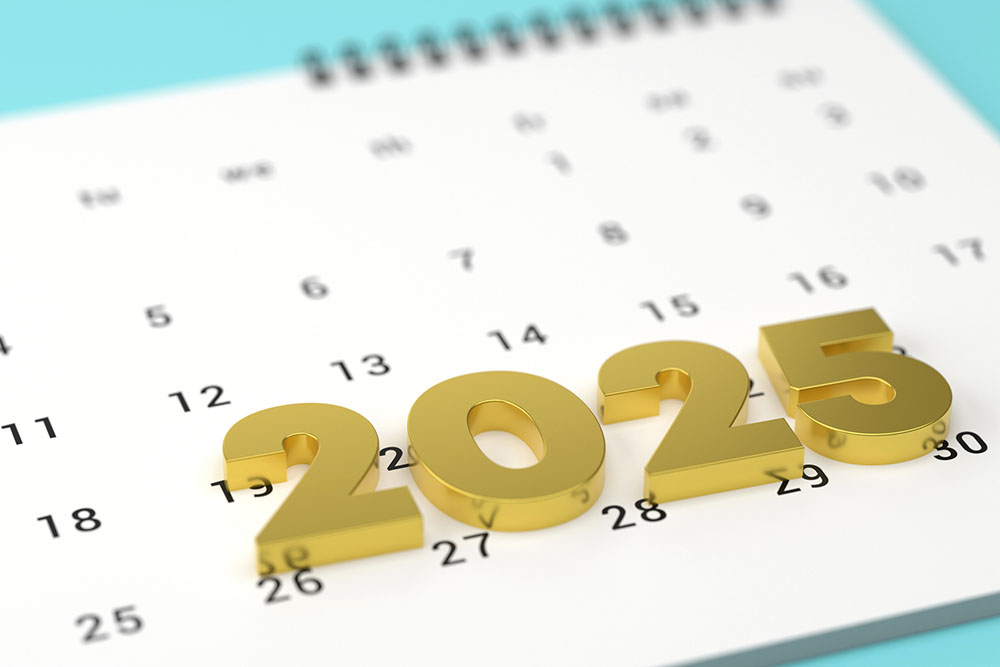Your 2021-22 allowance checklist
This content is for information purposes only and should not be taken as financial advice. Every effort has been made to ensure the information is correct and up-to-date at the time of writing. For personalised and regulated advice regarding your situation, please consult an independent financial adviser here at Castlegate in Grantham, Lincolnshire or other local offices.
Christmas is a good stopping-point to evaluate whether you are on-track to get the most from your yearly allowances. Doing so can help you save on tax and put more hard-earned money back into your pocket. Below, our financial planning team at Castlegate, Lincolnshire offers a summary of the key allowances to check before the 2021-22 deadline. We hope you find this content helpful. If you want to discuss your own financial plan with us, please get in touch to arrange a no-obligation financial consultation, at our expense:
01476 855 585
info@casfin.co.uk
Personal Allowance
In 2021-22, you are allowed to earn up to £12,570 from income sources (e.g. a salary, rents from Buy-to-Let tenants etc.) without income tax. First of all, it is a good idea to check that you are on the correct tax code. Some surveys suggest that 14m people – or more – could be paying too much tax due to having the wrong code. This can happen, for instance, when you change jobs and are put onto emergency tax.
You can check this quickly by looking at your last payslip. This is likely to be 1257L if you earn under £100,000 and live in England or Northern Ireland. Martin Lewis has a useful online guide and tax calculator which you can use to find your tax code and estimate your tax. Some people may be due back £1,000s from the government.
Business owners, in particular, should also check that their balance of salary and dividends gets the most from the £12,570 Personal Allowance – and the lower tax rate on dividends. Finally, if you are married or in a civil partnership and one person in the couple pays no tax (or earns less than the Personal Allowance), then they can transfer £1,260 of their Personal Allowance to the other person. This could reduce your household income tax by up to £252.
ISA allowance
You can save up to £20,000 into your ISA(s) each tax year. This allows you to generate interest, capital gains and dividends without tax. If you took full advantage of this each year over, say, a 10-year period, then you could, theoretically, build a sizable tax-free ISA portfolio (i.e. £200,000, setting aside investment growth). Christmas can be a good time to check if you are on-track to make full use of your ISA, since you still have time to get your affairs in order. Leaving this too close to the April deadline can result in missed tax-saving opportunities. Bear in mind that, once the tax year ends, any unused ISA allowance is lost permanently.
Pension annual allowance
Saving into a pension can be one of the best ways to save tax in the short term, whilst growing your long-term retirement income. Each tax year, you can put up to £40,000 into your pension(s) or up to 100% of your income (whichever is lower). This is called your “annual allowance”. Any contributions you make will also receive tax relief equivalent to your highest income tax band. So, Basic Rate taxpayers receive 20% tax relief – meaning it only “costs” them 80p to put £1 into a pension. Someone on the Higher Rate gets 40% relief, allowing them to make a £1 contribution for a personal cost of 60p.
This system means that by making a pension contribution, the tax you would have paid to the government instead goes back into your own future pocket. With the start of a new tax year, your annual allowance refreshes so it’s important to make full use of it. There is more flexibility compared to an ISA, in that you can access any unused annual allowance from the previous three tax years. Any unused annual allowance further back, however, is lost. Consider taking time this Christmas to make sure you don’t lose out on any annual allowance opportunities.
Dividends & capitals gains
You do not necessarily need to shield your shares within an ISA to protect them from needless capital gains tax (CGT) and dividend tax. You can also take advantage of allowances available each tax year. In 2021-22, capital gains in a general investment account (GIA) are not taxed until they, together with any other gains you may have made in the year, exceed £12,300. For dividends, the threshold is £2,000.
During a quieter moment this December holiday, consider checking to see if your investment strategy is set to make full use of these allowances. For instance, if you are looking to sell your second property and do not otherwise plan on using your £12,300 CGT allowance before April 2022, then selling it before the deadline could help you make a big tax saving before this CGT unused allowance is lost. Likewise, if you are thinking about selling equities in a GIA so you can put more money into your ISA, then speak to your financial adviser about the wisdom of doing so before the April 2022 deadline to make full use of your CGT and ISA allowances.
Conclusion & invitation
If you are interested in discussing your own financial plan or investment strategy with us, please get in touch to arrange a no-commitment financial consultation at our expense:
01476 855 585
info@casfin.co.uk












